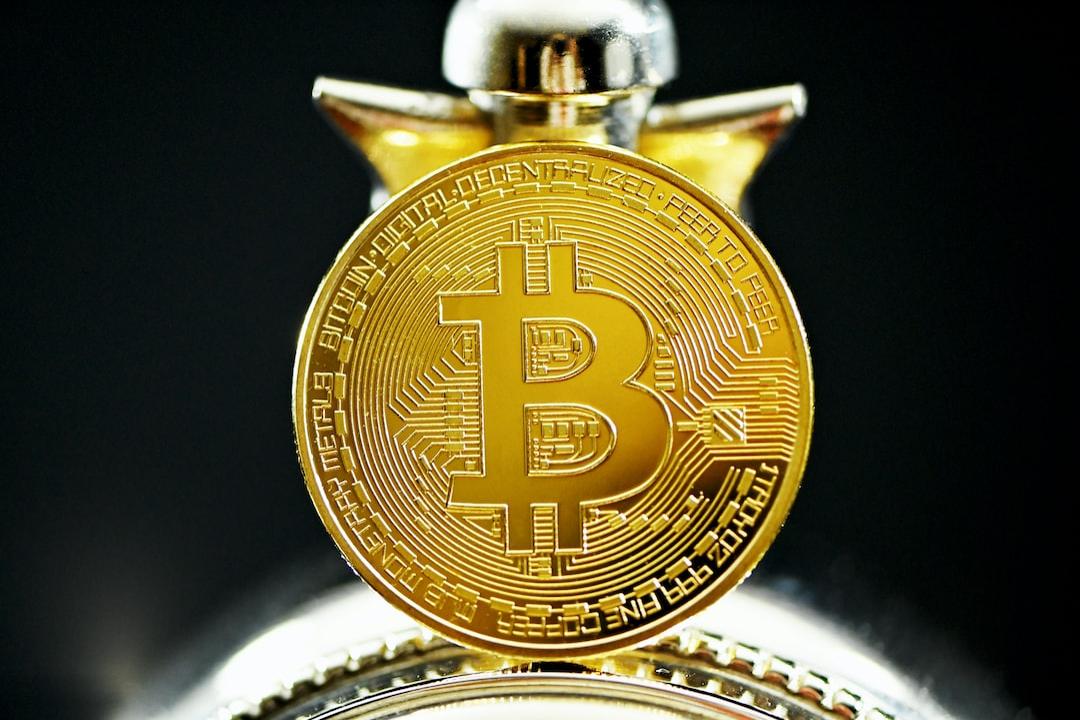The demand for the latest Bitcoin investment products is slowing down following the fourth “halving” event of the world’s first cryptocurrency. Spot Bitcoin exchange-traded funds (ETFs) became a benchmark for institutional investments in Bitcoin (BTC) after their launch in January 2024. Within a few months, the 11 approved spot Bitcoin ETFs managed over $13 billion in inflows, surpassing the achievement of Gold ETFs in terms of time. These ETFs saw daily net inflows of up to $1 billion at their peak as institutional investors shifted their investments from the Grayscale Bitcoin Trust (GBTC) to the new ETFs.
The Bitcoin halving, which occurs approximately every four years and reduces the block reward for miners by half, is considered a significant event in the Bitcoin timeline. This event reduces the daily addition of new BTC to the market by half, with the block reward decreasing from 6.25 BTC to 3.125 BTC.
Due to the reduced rewards and high demand for BTC through ETFs, many market analysts predicted a supply shock after the halving on April 20. However, despite weeks of consecutive net positive inflows to Bitcoin ETFs, demand for these products appears to be slowing down. Some speculate that this slowdown is due to geopolitical tensions and the decline of the SPX and Nasdaq, leading to a rebalancing of risk in investment portfolios and a reduction in exposure to high-risk assets.
Jag Kooner, head of derivatives at Bitfinex, believes that the demand for ETFs will pick up after the halving. He stated, “We expect a stabilization of flows to result in a return of speculation on a bullish tipping of flows while we return to bullish trending market conditions.” Kooner attributed BTC’s impressive rally since January 2024 to both ETF approvals and market participants speculating on the impact of spot ETFs on the Bitcoin price.
The theory of a post-halving supply shock, which was widely discussed, predicted that BTC reserves on exchanges could dry up within six to nine months of the halving. However, by the third week of April, ETF demand had slowed to consecutive net daily outflows. Despite this, open interest in BTC options has increased, suggesting that buy-and-hold investors are waiting on the sidelines while volatility-focused investors take their place.
While some experts remain optimistic that BTC ETF demand will reach new highs as market conditions improve after the halving, it is difficult to speculate on the short-term impact and relative influence of various demand drivers, as ETFs are available to both institutions and retail investors under U.S. regulation. The supply shock theory has been reconsidered in the short term as ETF flows turned passive and the BTC price declined shortly before the halving.

